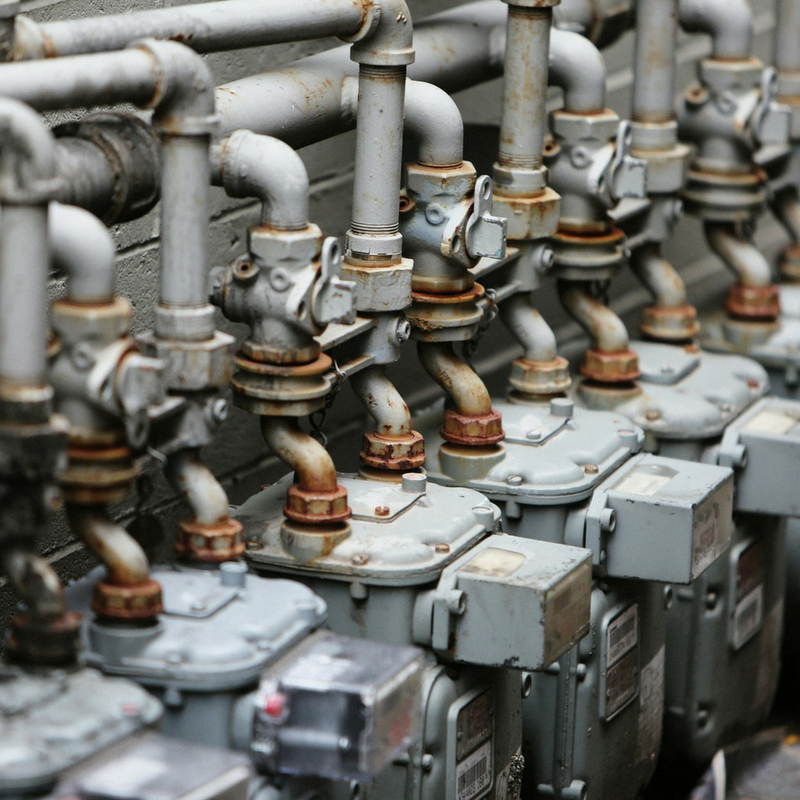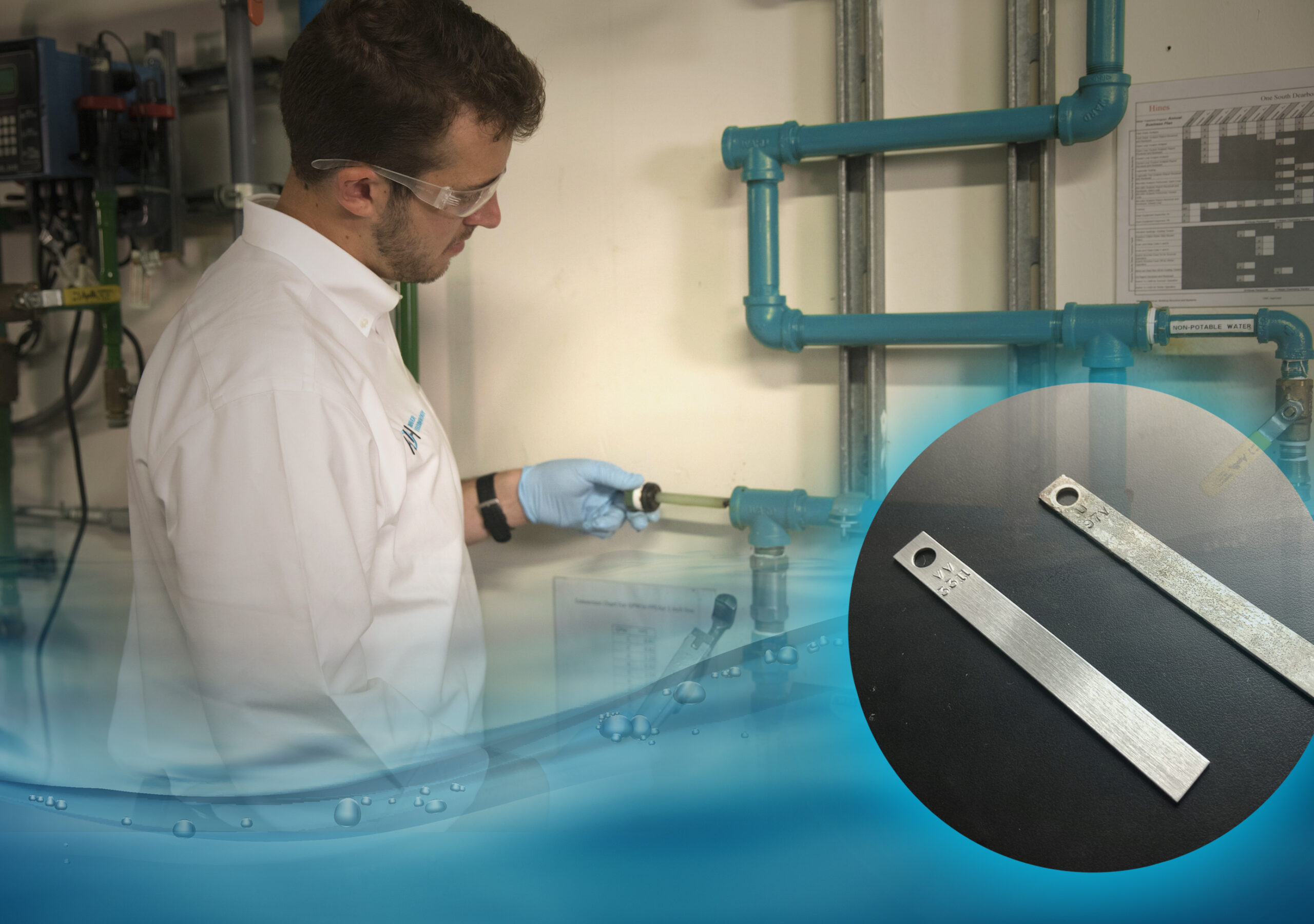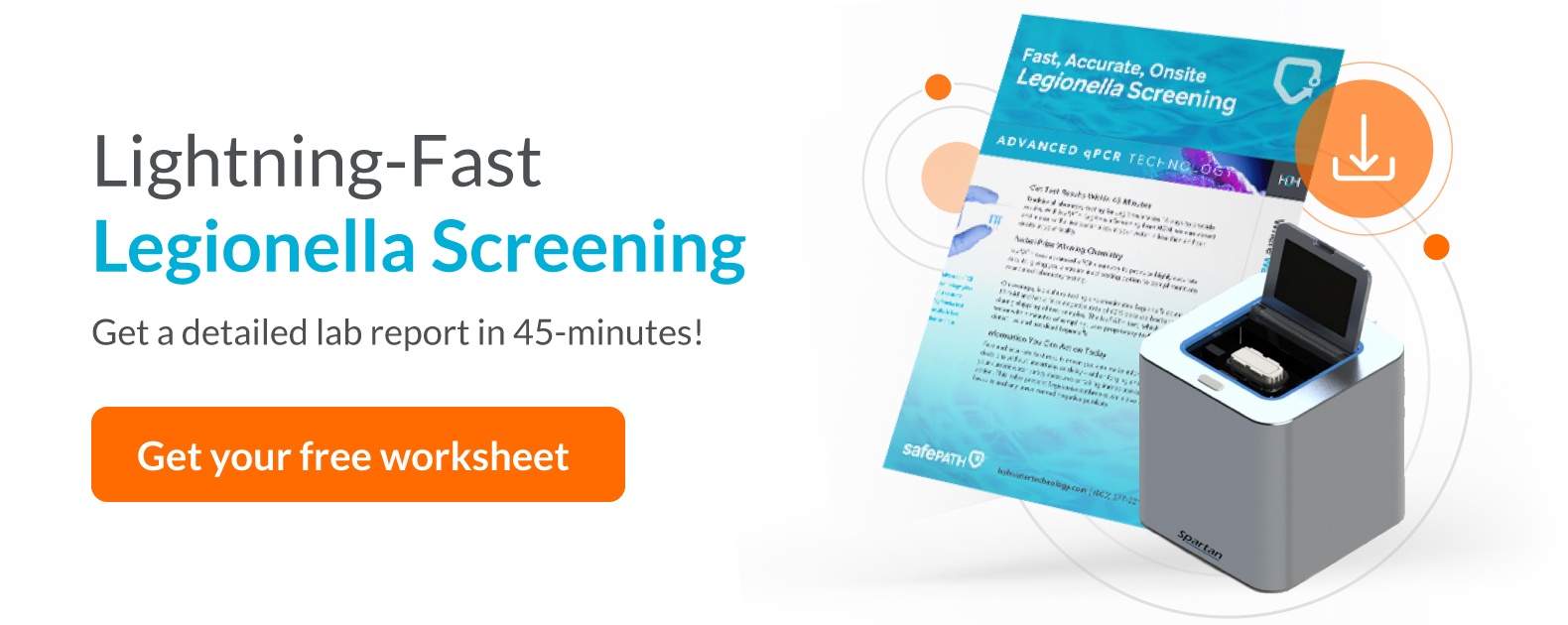
 Facility managers often face the daily challenge of pushing aging wastewater treatment equipment to its limits. In many cases, they’re dealing with a mature infrastructure, operating decades-old equipment nearing the end of its useful life. At the same time, they struggle to stay on top of ever-changing government regulations and technology that grows increasingly complex.
Facility managers often face the daily challenge of pushing aging wastewater treatment equipment to its limits. In many cases, they’re dealing with a mature infrastructure, operating decades-old equipment nearing the end of its useful life. At the same time, they struggle to stay on top of ever-changing government regulations and technology that grows increasingly complex.
To stay ahead of the game, our engineers recommend taking a proactive approach at the plant level, anticipating and addressing issues before they reach the wastewater treatment area. The following wastewater treatment tips will help you build much-needed support and prevent common wastewater issues from turning into costly problems.
Seven Wastewater Treatment Best Practices
- Make sure your system is well-engineered and sized to meet current and future demands for peak loading and peak flow.
- Factor in redundancy of key components (pumps, dissolved air, chemical feed) and stock replacement parts to ensure continuous and reliable operation.
- Anticipate changing demands for solids loading, flow and tightening regulatory discharge parameters, and invest in equipment to meet these needs. Explore current technologies and automation you may not currently have in place, such as:
- Equalization tank(s)
- pH control with time-stamped data collection and trending
- Water meters with time-stamped data collection and trending
- More robust pretreatment, such as rotary or vibrating screens
- Automation of system components, chemical feed systems, flow and tank-level control
- Addition of a DAF, SBR, centrifuge, belt press or screw press, decant tanks, bio-augmentation, ‘Quat’ inhibitors and membrane technologies
- Lab testing equipment, composite sampling, monitors and sensors
- Jar testing the chemical program regularly to verify dosing and explore improvements you can make.
- Invest in knowledgeable personnel and their continuous training. Your wastewater plant duties should be well defined, including a schedule of daily, weekly and monthly tasks for water testing, equipment maintenance and preventative maintenance. You should also log, track and review all data, records and trends.
- Make your waste plant work environment as clean, safe, pleasant and employee-friendly as possible.
- Secure top management’s commitment to the wastewater plant. Keep them well informed so the operation remains a priority and receives appropriate funding. Communication, data collection and data trending are key! Anticipate and respond to changing trends instead of waiting until your system is so overloaded and outdated there is no quick fix to bring it back into compliance.
- Initiate a routine plant-wide Pollution Prevention Team, backed by upper management. This group should report to management regularly on a checklist of findings. They’ll be continuously collecting data and monitoring trends. You can even establish incentives and rewards to encourage employee buy-in on this process. These items will vary plant to plant, depending on processes, but typically include:
-
- Comprehensive water use data from most plant areas
- Energy usage
- Key waste plant data
- Influent-effluent flow, TSS, COD, FOG, TKN, chemical use rates, biological system health, ‘Quat’ use data
- City water billing, rates and upcharges
- Product loss reporting
- Blood loss reporting, where applicable
- Rendering area inspections, where applicable (spills, leaking equipment, lost product to drains)
- “Chits” area inspections, where applicable (spills, leaking equipment, lost product to drains)
- Blood recovery inspections and improvements to maximize, capture and minimize losses
- Areas for company-wide improvement to encourage dry waste pick-up and reduce hosing waste to drain
- General housekeeping data
To avoid the most common wastewater treatment issues, you’ll need to consistently track and measure key data points, enlist the support of a multi-functional team and maintain strong lines of communication with your facility’s executive team. By following these wastewater treatment best practices, you’ll have the flexibility to not only anticipate future needs but address problems quickly and efficiently.
Recent Blog Posts

Five Ways to Increase the Efficiency of Your Closed Loop System

Global 6K for Water


